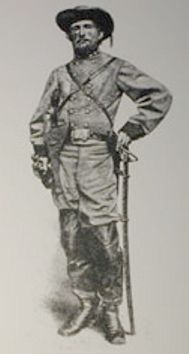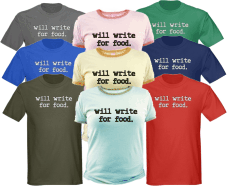|
|
|
 |
|
Guerrilla WarfarePart 2: The Civil War | |
Guerrilla-style hit and run
tactics were further refined with the use of cavalry units during the
Civil War. Men on horseback with revolvers and repeating rifles could
surprise and outgun much larger infantry forces that were mostly armed
with muskets. Then they could withdraw quickly and disappear into the
wilderness.
Mosby's RaidersColonel John S. Mosby led a band of Confederate soldiers called Mosby's Raiders behind Federal lines in Northern Virginia. Because of his ability to hit Union supply lines and then disappear into the countryside, he was given the nickname, The Gray Ghost. He so dominated the area militarily that it became known as Mosby's Confederacy. |
 Colonel John S. Mosby |
In 1863, he and 29 of his men captured Union General Edwin H. Stoughton at the Fairfax Court House. Legend has it that the General was roused from his bed with a slap on the rear end. On another occasion Mosby nearly captured the train on which Union General US Grant was traveling. Mosby and his men were paroled at the end of the Civil War. He supported his former adversary, US Grant when Grant ran for the presidency in 1868, because Mosby believed Grant was the best man to restore the South and heal the union. Because of his distinguished war record, he was encouraged by Southern leaders to run for elective office but he declined. Later, President Rutherford B. Hayes named him the consul to Hong Kong and he served in that post with distinction. Mosby practiced law in San Francisco after his return to private life. Quantrill's RaidersWilliam C. Quantrill led a band of pro-slavery raiders in Kansas and
Missouri before the Civil War. After the war started, he and his men
were sworn into the Confederate Army and he was given the rank of
Captain. Jessie's ScoutsUnion General John C. Fremont organized a special ops group called Jessie's Scouts, named after his wife, the former Jessie Benton. They often wore Confederate uniforms and operated in Western Virginia and the Shenandoah Valley where they conducted raids on communications and supply lines and carried out assassinations. It Ain't Over Till it's OverAt the end of the Civil War, Confederate President Jefferson Davis
and other leaders wanted to continue the fight as a guerrilla war, but
most of the Confederate generals opposed them, including Robert E. Lee
who considered that course of action to be dishonorable. Guerrilla War in the PhilippinesAfter the Spanish-American War of 1898, the United States found out
what it was like to be on the other side of a guerrilla war when it took
control of the Philippines and fought an extended war against Philipino
guerrillas like Emilio Aguinaldo, and the Moro bands. The rebellion was
quite bloody and there were many atrocities on both sides. After three
years, the US managed to put an end to the insurrection, but the war
took it's toll on US idealism. Mark Twain proposed the US design a new
flag for it's new Philippine province, "just our usual flag, with
the white stripes painted black and the stars replaced by the skull and
cross-bones." |
|


